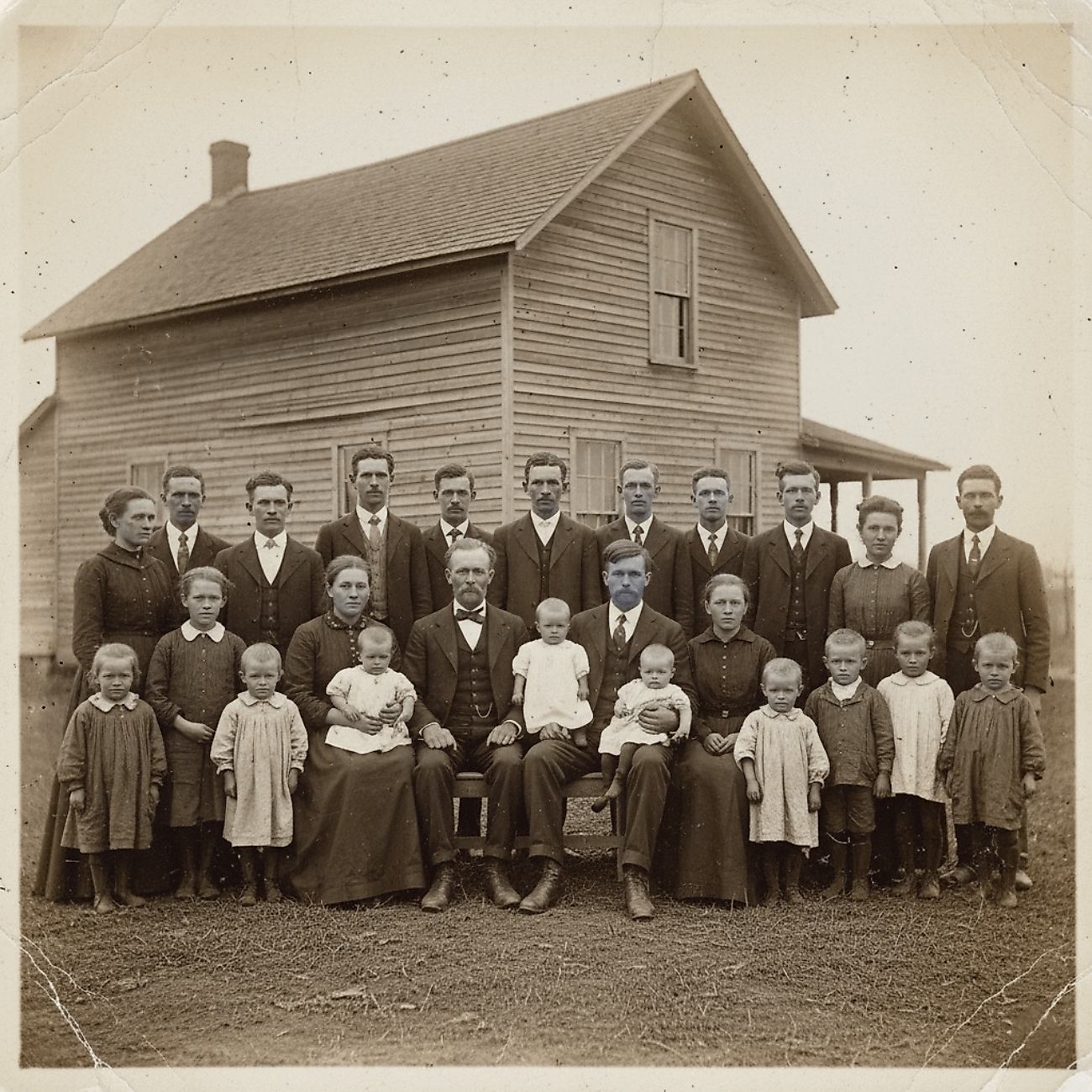
Where Did The Term Blitzkrieg Come From?
Blitzkrieg, or "lightning war," is a type of warfare that characterized Germany's tactics in the Second World War. However, the origins of the term date back over a century before the conflict began. When considered in conjunction with its profound impact on World War II, the history of Blitzkrieg is worth investigating.
Meaning and Early Applications

Blitzkrieg directly translates to "lightning war". The overall goal was to achieve a rapid, decisive victory. In practice, it began with a surprise attack in which tanks, planes, and infantry focused all their firepower in one area. After a hole was punctured in the enemy's defense, tanks would come through and roll over all in their path. Thereafter, the infantry would deal with any remaining enemy forces.
Despite relying on modern technology, German generals in the 19th century can be credited with formulating the concept. For instance, in his 1832 book On War, Carl von Clausewitz argued that concentrating all firepower on one particular part of an enemy's defense was the most effective way to conduct warfare. He pointed to tactics utilized by generals like Alexander the Great and Frederick the Great as examples of this notion.
As the 20th century began, technological advances, like motor vehicles and planes, made these Blitzkrieg tactics more practical and effective. Arguably the first major modern implementation occurred in the German Spring Offensive of 1918, Germany's last-ditch effort to win World War I. However, overstretched supply lines contributed to its ultimate failure. Similar tactics were used in the Spanish Civil War (1936-1939) when the Germans fought alongside the Spanish Fascists. This time Blitzkrieg was effective, with the Fascists winning and Francisco Franco becoming the undisputed leader of Spain.
World War II

Perhaps the clearest example of Blitzkrieg occurred in the German invasion of Poland on September 1st, 1939. Indeed, the very thinly spread Polish army was particularly vulnerable to this type of attack. When paired with the Soviet invasion of Poland on September 17th, the battle was over in about a month. Blitzkrieg was again utilized in the invasion of the Low Countries (the Netherlands, Belgium, and Luxembourg) in May 1940, as well as the invasion of France. This latter battle was a bit longer due to France's size, taking the German Army six weeks to completely overtake the country. Regardless, the early stages of World War II demonstrated Blitzkrieg's efficacy in relatively short battles.
But, Blitzkrieg was less effective in longer conflicts, as made clear by Germany's invasion of the Soviet Union (USSR) in June 1941. Initially, however, there appeared to be no issues. The German Army was separated into three groups, Army Group South, Army Group Center, and Army Group North, with the latter two reaching their objectives of Leningrad and Moscow, respectively, by the autumn of 1941. Furthermore, Army Group South rapidly took Ukraine before moving into Southern Russia.
Nonetheless, the sheer size of the Soviet Union eventually hindered the Wehrmacht. Army Group Center was repelled from Moscow in early 1942, and Army Group South got bogged down in Stalingrad before being beaten in early 1943. Moreover, overstretched supply lines and a tenacious Red Army meant that the Germans were now on the defensive. Despite an attempted counteroffensive at Kursk in the summer of 1943, the Allied invasion of Sicily necessitated the redeployment of troops to Italy. Thereafter, the Red Army consistently beat back Germany for the rest of the war, reaching Berlin in the spring of 1945.
The Takeaway
The formal articulation of Blitzkrieg can be traced back to the writings of 19th-century German generals. Furthermore, elements of Blitzkrieg tactics have been utilized for thousands of years. Finally, Blitzkrieg is still mostly remembered as a Second World War method of warfare, with it finding great success in Poland, the Low Countries, and France, but utterly failing in the Soviet Union.











